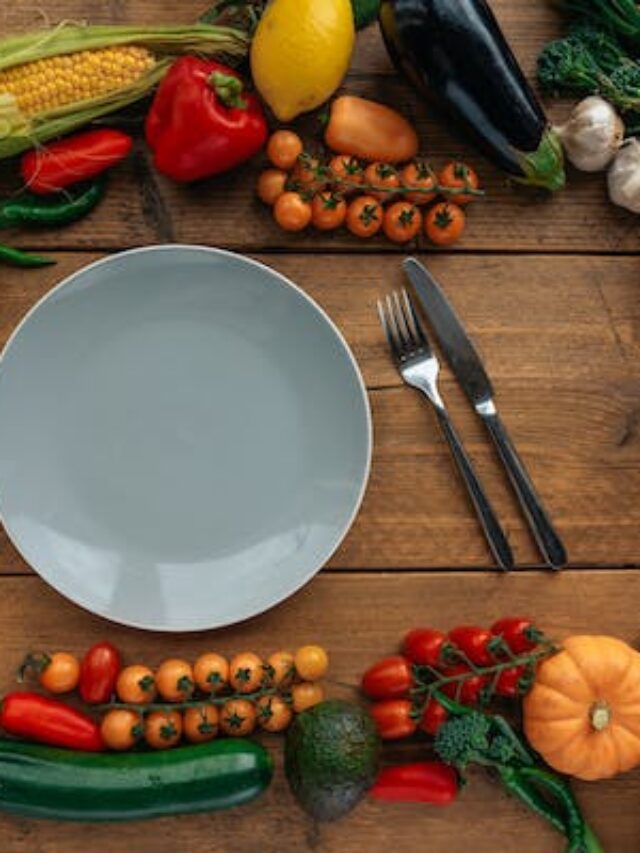



For thousands of years, people have grown a varied range of small-seeded grasses known as millets to provide food for their animals and themselves.
These ancient grains are becoming more and more popular again because of their remarkable nutritional content, adaptability to a wide range of growth environments, and sustainability.
As members of the Poaceae family, millets are well-known for their capacity to adapt to a wide range of temperatures, which makes them an essential food source in areas with harsh environmental circumstances like dry or semiarid climates.
Pennisetum glaucum, or pearl millet, is one of the most commonly grown varieties of millet and is referred to as bajra in India. It is a staple diet in many Asian and African nations, particularly those where water shortage is a major issue. A vital crop for maintaining food security in arid areas, pearl millet is prized for its capacity to flourish in challenging environments.
Eleusine coracana, popularly referred to as Ragi or Nachni, is a significant kind of millet. It is a significant food crop in South Asia and Africa, especially in areas with low soil fertility. Finger millet is a helpful complement to diets in areas where nutritional deficits are common since it is rich in key nutrients such as calcium, protein, and iron.
India, China, and Southeast Asia are the main growing regions for foxtail millet (Setaria italica). This type of millet is renowned for its capacity to withstand drought and adapt to various agro-ecological zones. For individuals looking for a well-rounded grain alternative, foxtail millet is a nutritious option because it’s a solid source of fiber, protein, and carbs.
The main uses for proso millet (Panicum miliaceum), also known as common millet or white millet, are grain and birdseed. It is grown around the world, mostly in Asia, Europe, and North America. Proso millet is a good option for areas with limited water resources because of its short growth season.
Another millet species grown in India and Southeast Asia is called Little Millet (Panicum sumatrense). Often called Kutki or Saamai, it is an excellent source of fiber and iron. Particularly among people looking for healthier options to conventional staples, little millet is becoming more and more well-liked as a wholesome and gluten-free grain choice.
India is the primary growing region for Kodra, also called Varagu, or Kodo Millet (Paspalum scrobiculatum). This millet cultivar has a high fiber content and is rich in antioxidants. Kodo millet is well known for both its adaptability to a variety of agroclimatic conditions and its possible health advantages.
Asia grows Barnyard Millet (Echinochloa crus-galli), also known as Sanwa or Oodalu, in India and Japan. It’s an excellent source of fiber, calcium, and iron. Barnyard millet is valued for both its nutritional makeup and its adaptability in the kitchen.
Since their ability to support resilient and sustainable farming practices has been recognized by both agriculture professionals and health-conscious consumers, millets have become more and more popular in recent years. Compared to several main cereal crops, these grains are not only more environmentally friendly but also more nutritious, requiring less water and fewer chemical inputs. When it comes to cooking, millets are quite adaptable. They can be used in a wide range of recipes, including porridges, flatbreads, salads, and desserts. They also provide a delicious and healthy substitute for more popular grains like rice and wheat.
To sum up, millets are vital to the world’s food security since they provide a wholesome and adaptable substitute in the face of escalating environmental problems and shifting climates. Millets will probably be a major factor in determining the direction of agriculture and nutrition in the future as people look for more sustainable and varied food sources.



